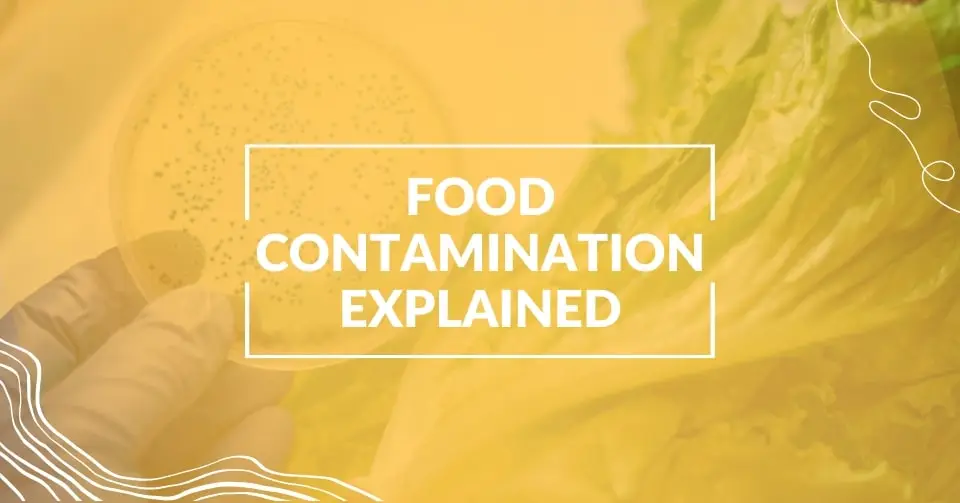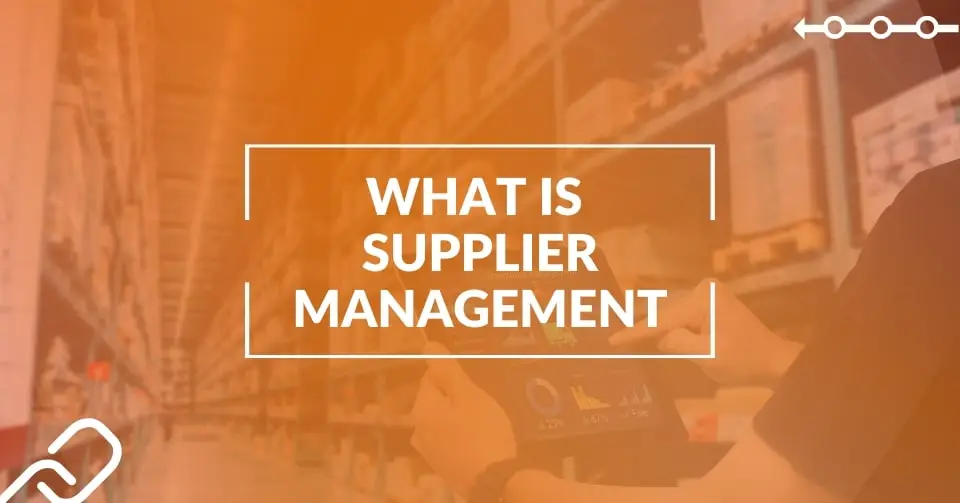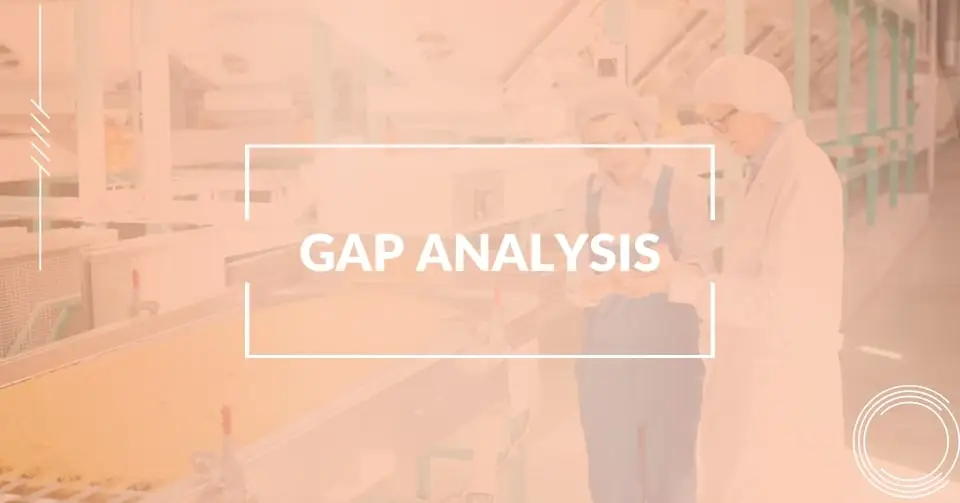Food contamination – a word combination that can make any food manufacturer break into a cold sweat. Without proper control, the invisible villain can cause foodborne illnesses, posing risks to consumer health.
However, knowledge about the problem and prevention strategies can help prevent terrible things from happening. In this blog, I’ll discuss food contamination, its risks, and, most importantly, contamination prevention strategies manufacturers can implement. Keep reading!
What Is Food Contamination?
Food contamination is the unwanted presence of harmful substances in food. Contamination makes food unsafe as it can cause foodborne illnesses, posing health risks to consumers. In addition, there are financial or even legal consequences for food manufacturers accountable for an incident.
Food can get contaminated in different ways. So, what are the types of food contamination, and how does it happen?
What Are the Types of Food Contamination?
There are four types of food contamination: biological, physical, chemical, and allergenic. Let’s consider each of these more specifically to understand what they are:
1. Biological Contamination
Biological contamination is the presence of undesired biological hazards, such as bacteria, viruses, fungi, and parasites.
For instance, the FDA indicates that E. coli, Norovirus, Salmonella, Campylobacter, Hepatitis A, or even, in some cases, Listeria are considered common causes of foodborne disease.
Foods that are high in moisture and protein and are neutral in acidity are more likely to harbor harmful bacteria or other pathogens.
2. Physical Contamination
Physical contamination occurs when foreign objects enter the food. It can lead to choking, injuries, and biological or chemical contamination as well.
Physical hazards that cause contamination include metal fragments, jewelry, glass, plastic, wood, hair, fingernails, bones, and stones.
3. Chemical Contamination
Chemical contamination happens when unwanted chemicals unintentionally come into contact with food. Chemicals can naturally enter food or be introduced during production, processing, packaging, or storage.
For example, they can be natural toxins, such as mycotoxins, toxins from poisonous mushrooms, marine biotoxins, cyanogenic glycosides, or heavy metals. In rare cases, food can even be contaminated by radioactive elements.
You can find more examples in our comprehensive article about chemical hazards in food.
4. Allergenic Contamination
Cross-contact happens when allergens from one food product, surface, utensil, or piece of equipment contact allergen-free food, transferring allergens and making it unsafe for allergic people. These amounts may not even be visible but cause severe reactions.
How Does Food Get Contaminated?
We already know that products can get contaminated at any supply chain point. Let’s see where they typically occur:
1. Cross-Contamination
Cross-contamination is the transfer of pathogenic organisms to food from other products, utensils, surfaces, etc.
For instance, cross-contamination can occur when raw meat comes into contact with vegetables or ready-to-eat foods.
2. Poor Storage Conditions and Temperature Control
Contamination can be caused by improper temperature or storage, which allows bacteria to grow.
Contamination can happen when dry food is stored in a humid environment, leading to mold. Storing TCS foods over 40°F (4°C) can allow bacteria to develop, and if there’s poor inventory management, there are risks of using expired, low-quality ingredients.
3. Contaminated Raw Materials
If raw materials contain one or even more food safety hazards, they can cause food contamination. For instance, it can be for bacteria or fungi in seafood, chemical residues on produce, or foreign objects in grains.
4. Poor Personal Hygiene
Employees play a critical role in ensuring food safety, and failing to follow sanitation and handling practices can cause contamination.
For instance, wearing jewelry while working, working sick, or not washing hands can introduce viruses, bacteria, and foreign objects to food. That’s why washing hands and watching your health is critical if you work with food.
5. Contamination Caused by Equipment
Contamination can result from improper equipment and facilities maintenance, cleaning, and sanitization.
Improperly cleaned and sanitized machinery can harbor bacteria and allergens. Faulty equipment can shed metal or plastic fragments into food, and poorly maintained ventilation systems can introduce dust or airborne contaminants.
6. Improper Packaging and Transportation
Contamination can happen even if the processing stage is done correctly, but there are violations during the distribution stage. Sometimes, improper packaging or transportation conditions can cause contamination or cross-contamination.
For example, the food is transported at the wrong temperature, or the packaging is damaged, letting the food spoil or come into contact with other products.
Risks of Contaminated Food for Businesses and Consumers
Of course, food contamination is undesirable in any case, especially when one considers the consequences of a potential incident, from health issues to compromised brand integrity. What can happen to your customers or you as a manufacturer?
1. Impact on Public Health
First, food contamination risks public health, and the effects can vary – from food poisoning to life-threatening issues.
Foodborne diseases can also weaken immune systems, making people more vulnerable to other illnesses.
2. Financial Impact
A contamination issue provokes a series of events that can undermine the financial stability of a manufacturer.
First, recalls are costly, and manufacturers lose money by withdrawing part of the production. Additionally, consumer trust gets worse, leading to a drop in sales. Let’s also consider fines and compensations.
3. Reputational Risks
Food contamination incidents compromise brand reputation and can lead to losing consumer loyalty and trust.
4. Regulatory Penalties for Manufacturers
The food industry is strict about regulations, and being involved in a food safety issue can result in scrutiny from regulatory bodies, penalties, and fines.
11 Tips for Preventing Food Contamination
Knowing what contamination is and how it happens is already a plus, but you should also know food contamination prevention strategies. There are many tips to avoid food contamination, but we have 11 to start.
1. Good Manufacturing Practices (GMPs)
Following GMPs can significantly minimize contamination risks. Good Manufacturing Practices (GMPs) include procedures and standards to ensure the safe production, handling, and storage of food products.
GMPs cover personal hygiene, facility cleanliness, equipment maintenance, and documentation, which are fundamental for food safety and quality.
2. Implement a HACCP Plan
A HACCP plan will help proactively identify, evaluate, and control food safety hazards. This will prevent food contamination incidents and reduce recall risks.
3. Prevent Cross-Contamination
Cross-contamination happens when contaminated food comes into contact with a hazard-free product. To avoid this, ensure proper storage and implement a food traceability system to identify contaminated products and batches. Also, remember to use dedicated surfaces and utensils. Read our detailed guide about preventing cross-contamination to learn more.
4. Ensure Proper Food Storage and Temperature Control
Remember the temperature danger zone (TDZ) and avoid high-risk foods like meat, eggs, dairy, poultry, or seafood in it.
5. Allergen Management
Allergen control procedures are crucial in food manufacturing. Implement proper allergen labeling, hygiene, and storage practices to avoid cross-contact.
6. Regular Employee Training
You must ensure consistent employee education so they know how to handle and store food correctly. Knowledgeable staff is key to a safe food production environment.
7. Implement Proper Hygiene Practices
Ensure strict protocols for cleaning and sanitation food-contact surfaces, utensils, and equipment. Remember personal hygiene and ensure all employees follow sanitation rules.
8. Ensure Regular Equipment Maintenance
Keep machinery in good working order, sanitize it, and clean it. This will minimize contamination risks caused by poor equipment state and sanitation practices. Maintenance management software can help you do this systematically.
9. Conduct Regular Testings and Audits
Ensuring consistent food safety to avoid contamination is not a one-time action; it requires consistency. Regular inspections, testing, and audits will help maintain continuous improvement and find food safety hazards in advance.
10. Pest Control
Invest in pest control to avoid physical and biological contamination caused by pests such as insects and mice.
11. Leverage Food Safety Software
If you haven’t implemented food safety software, it’s time to do that. The software will automate many procedures and give you more control over food manufacturing processes, enabling better food safety, traceability, and efficiency.
Prevent Food Contamination With FoodReady!
Digital technologies have been revolutionizing the food manufacturing industry lately, which is why food safety software can become a companion in handling food contamination risks and incidents.
FoodReady software digitizes food safety and offers many features to boost hazard control, food safety management, and other processes.
Our software helps you write and implement a HACCP plan. It also offers a library of editable HACCP templates that you can customize to your needs. With us, you’ll find it easier to monitor and identify hazards in food production, significantly reducing contamination risks.
Has a contamination incident happened? We help build a strong traceability system and ensure readiness so you can promptly react to a recall incident. However, we do our best to minimize risks like that.
Our comprehensive features make us a powerful solution for food manufacturers striving to ensure food safety and safeguard public health. We are proud and happy to share the feedback from our customer, EverSmith Organics, to prove that.
Ms. Samantha Smith, the company’s owner, says about us: “They know the industry, they’re professional, responsive and here to help manufacturers to the next step so if you need a HACCP plan, need to pass an audit or are just getting started they’re very helpful!”
If you need help preventing food contamination and managing other aspects of food safety and compliance, book a demo today to learn more!
Conclusion
Contamination happens when unwanted organisms, viruses, objects, etc., enter the food, leading to food safety risks like foodborne diseases. Contamination can be biological, chemical, physical, or allergenic and can be caused by different factors, such as improper hygiene, poor food safety management, equipment malfunction, etc.
How can it be prevented? Start with food safety compliance, ensuring you follow GMPs and have a robust HACCP plan. Also, pay attention to employee training, hygiene, storage, temperature control, etc.
Implementing a software solution is also an excellent way to prevent food contamination. It will help maintain proper food safety practices in a facility and minimize contamination risks. This will save you from undesirable consequences like risking people’s health, fines, penalties, or undermined reputation.
Contact FoodReady to learn how to prevent food contamination in your facility and contribute to food safety!
FAQs
It depends: sometimes, contaminated food can have an odor and unusual taste, or you can see a foreign object in it. However, food contamination is usually impossible to notice.
Unfortunately, you can’t totally prevent all contamination risks, but you can minimize the chances as much as possible.
These terms are different. Read our blog article if you are still unsure about the difference between cross-contact and cross-contamination.
Food spoilage affects the quality and appearance of food. Food contamination means that hazardous substances are in it, and they can cause foodborne illness. Moreover, contamination can be invisible.








